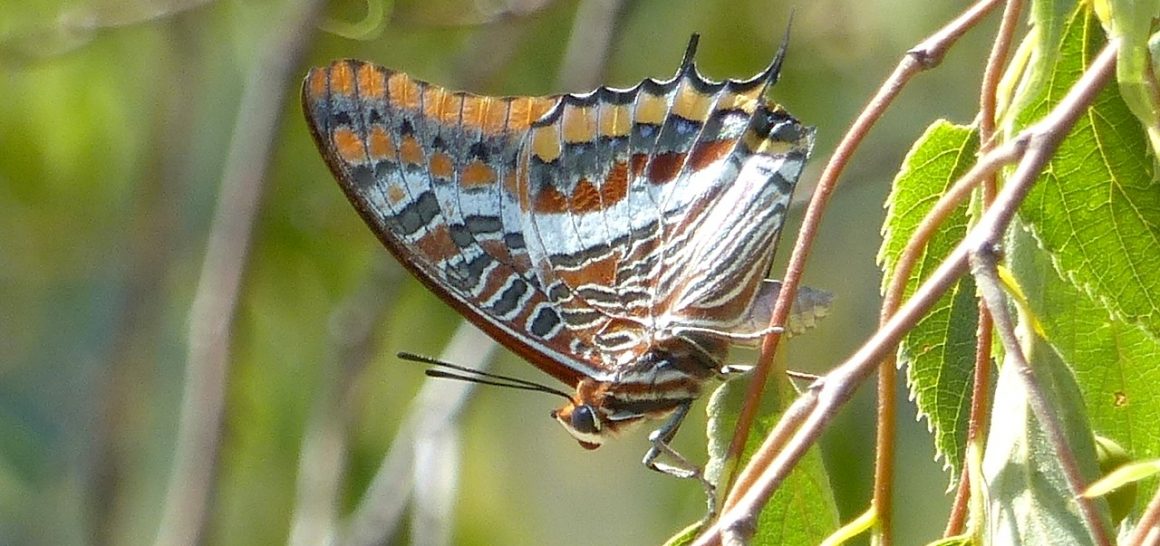 At the end of out garden we have – or had until last week – four trees. All were planted by us and all have taken well to the rather clay-rich soil. There’s a copper beach, an amelanchier, an apple tree (cookers) and until a few days ago, a pretty silver poplar.
At the end of out garden we have – or had until last week – four trees. All were planted by us and all have taken well to the rather clay-rich soil. There’s a copper beach, an amelanchier, an apple tree (cookers) and until a few days ago, a pretty silver poplar.
The poplar, being soft wood, started to attract great spotted woodpeckers. After a couple of years chiselling into the trunk without much enthusiasm, they decided to press ahead and build No 1, The Poplars. The following year, they hatched and raised a brood, and I recorded their progression from tiny almost inaudible peeps to full-bloodied yelling for food. They ran both parents ragged with their insatiable demands. We were quite pleased when eventually they left the nest and peace was restored.
And so it went, first with an old hole being cleaned out frantically to make the nursery; then another hole was started higher up. Then, two years ago, we had our bienniel pollarding done, and done badly. Without a terminal ‘knuckle’ for the new growth to sprout from the following spring, the tree began to die back.
By last summer, the foliage was pitiful – the tree was more dead than alive. The leaves were withered and crispy. Before the end of July, they had all blown off. Inevitably the tree had to come down and we arranged to have it done this month.
Which brings to us 2019, with a male woodpecker rushing up and down the trunk to find a perfect spot to drill a hole. We watched as he went about his work, spraying shards of wood-chip over a wide area. There was a sad franticness about it – especially as we knew that in a couple of weeks the tree would be gone.
After the crime scene had been cleaned up once the tree had been felled, the woodpecker came back and seemed genuinely puzzled (as well he might). He appeared to be looking for his vanished home. We watched him try half-heartedly on the other trees. They can’t have suited him – he flew away and we haven’t seen (or heard) him since.
As these photos show, the death of the tree may not have been entirely due to bad pollarding; the trunk itself had had its core removed at two or three levels. As you can see, we kept a souvenir cavity from the woodpecker days.
The woodpecker in happier times








































